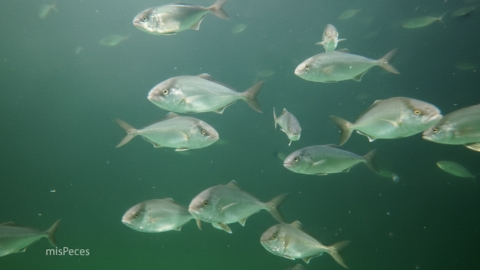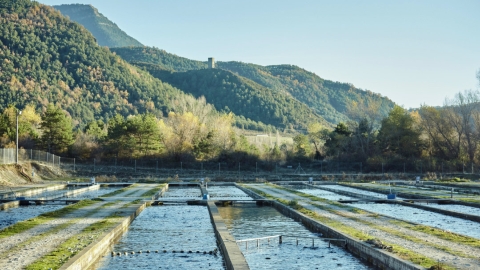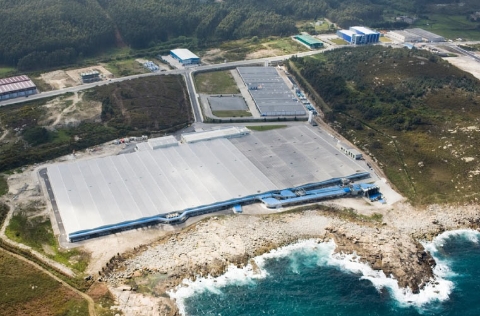
Stolt Sea Farm, a subsidiary of Stolt-Nielsen Limited, and specialised in sole and turbot fish farming, has taken a decisive step in its financial turnaround. The latest third-quarter 2025 results confirm that operational efficiency and firm market prices for turbot and sole are reshaping the company’s performance.
In the third quarter, Stolt Sea Farm posted an operating profit of USD 18.6 million (EUR 17.3 million), compared with just USD 2.9 million (EUR 2.7 million) in the same period last year.
This sharp improvement reflects both tighter production cost control and stronger demand for high-value species in European markets.
Excluding the accounting effect of biomass fair value adjustment, SSF still delivered a positive operating result of USD 7.5 million (EUR 7.0 million), demonstrating tangible progress in underlying production efficiency.
Stolt Sea Farm’s balance sheet highlights the company’s production momentum: the value of its biological assets – live turbot and sole stocks across its farms – reached USD 70.9 million (EUR 65.9 million) at the end of August 2025, up from USD 52.5 million (EUR 48.8 million) in November 2024. This increase reflects both a higher biomass volume in grow-out and a market revaluation of premium species in which the company specialises.
Stolt Sea Farm’s turnaround extends beyond the quarter. For the first nine months of 2025, the company reported an operating profit of USD 13.9 million (EUR 12.9 million), compared with an operating loss of USD 25.0 million (EUR 23.2 million) in the same period of 2024.
For industry analysts, Stolt Sea Farm is becoming a reference point for how efficiency strategies, premium product positioning and market diversification can reverse loss-making trends. Stolt Sea Farm’s rebound underscores the potential of high-value aquaculture species as a driver of profitability in an industry increasingly challenged by rising costs and growing consumer demand for sustainable seafood.



